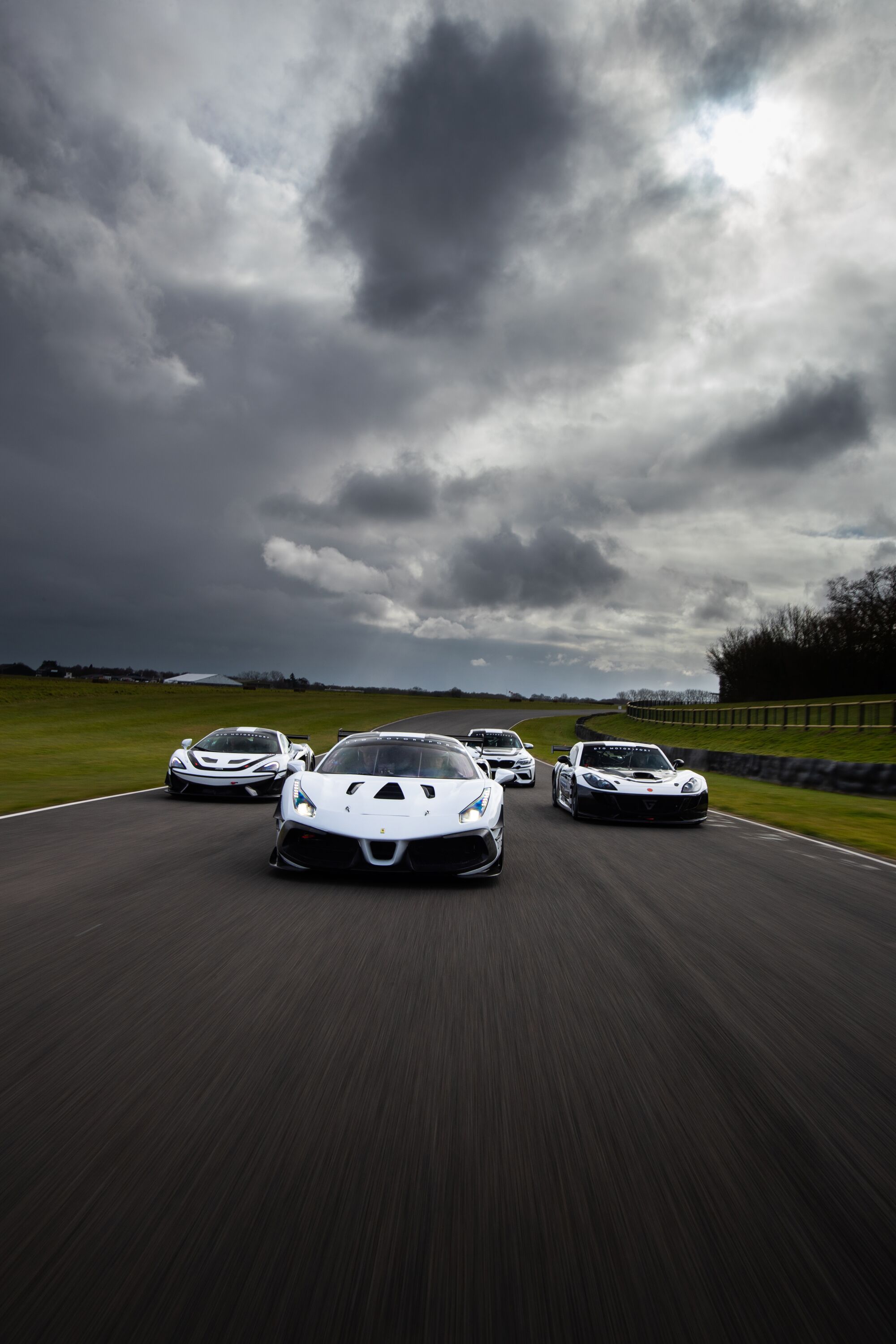Axon's Automotive Anorak: The game-changing BMC Pininfarina concept
Fifty years ago, one of the most influential car designs of the late 20th Century was revealed at the Turin motor show. A long, low two-box five-door with a sharply-truncated Kamm tail – based on the most unlikely of contemporary family saloons – was unveiled by Pininfarina to immediate and huge global acclaim.

Using BMC’s capable but ungainly front-wheel-drive Austin-Morris 1800 as its base – affectionately known as the ‘Landcrab’ due to its clumsy styling – Pininfarina’s stylish, spacious and far-sighted BMC 1800 Berlina Aerodinamica prototype of 1967 set the shape of saloon cars for the remainder of the 20th Century, with the concept closely copied by a number of significant car manufacturers over the years that followed.
The BMC 1800 Aerodinamcia was styled by the gifted but largely unknown and forgotten automotive designer Leonardo Fioravanti. Fioravanti spent most of his design career styling cars for Pininfarina, including such notable landmark achievements as Ferrari’s acclaimed 1966 Dino 206, 1968 365 GTB/4 ‘Daytona’ and the 1984 Testarossa.
Created by Pininfarina itself as a show-stealing prototype to showcase its design capabilities, rather than at the behest of BMC (soon to become British Leyland just months later), the 1800 Aerodinamica re-wrote the rule books on the form and function for a stylish load-lugging family saloon.
Spurred on by the rapturous reception Fioravanti’s BMC 1800 prototype had received, Pininfarina re-visited the two-box slippery saloon formula again in 1968, this time choosing BMC’s smaller and best-selling ADO16 model family (more familiar as the Austin-Morris 1100-1300 range) as the basis for its BMC 1100 prototype. The Turin-styling house also secretly built a Mini-based three-door 1000 prototype for BMC to a similar design, which sadly never saw the light of day as a production reality, but pre-dated the later Austin Mini-Metro by more than a decade. What might have been, hey…

Against contemporary mid/late-1960s three-box saloons - with the emphasis very much on ‘box’ - such as the Ford Cortina, Fiat 124, Hillman Hunter, Volvo 144, and so on, Pininfarina’s 1800 prototype was extremely futuristic, with even cutting-edge designs of the era like the Renault 16 and Simca 1100, being made to look instantly dated.
Pininfarina’s scene-stealing two-box 1800 combined a low, rounded aerodynamic front end with a sleek, gently-wedged profile, culminating in a bluff, cut-off Kamm-tail, where a fifth opening tailgate ‘door’ could be found. This was truly revolutionary in 1967!
Less than two and a half years after the Pininfarina 1800 Aerodinamica debuted, Citroen revealed its thoroughly modern and cunningly-engineered GS mid-size model at the 1970 Geneva Salon, with a profile and three-light side window arrangement almost identical to Fioravanti’s two BMC (1100 and 1800) prototypes. The GS was followed four years later by Citroen’s range-topping CX, once again also heavily influenced by the late 1960s Pininfarina BMC prototypes.
The sleek Italian prototypes also inspired Pininfarina itself, with a pair of Lancia two-box saloons styled by the Turin design house; the Beta of 1972, plus the larger Gamma Berlina of 1975, the latter also being the pen work of Leonardo Fioravanti.

One of the most blatant BMC 1800 prototype clones though was introduced by BMC’s later incarnation, British Leyland, in 1976 with the multiple award-winning five-door Rover 3500 SD1. The Rover aped the frontal ‘droop snoot’ styling of Fioravanti’s Ferrari Daytona, with the overall shape obviously inspired by the ’67 Pininfarina BMC 1800.
Other 1970s two-box saloons as diverse as the Giugiario-designed 1971 Alfa Romeo Alfasud and 1973 Volkswagen Passat, as well as the 1977 Audi 100 C2 Avant and 1979 Buick Century Sedan, were also clearly inspired by Pininfarina’s BMC 1800 masterpiece from 50 years ago.
As older readers might recall, even Lesney were inspired to make a Matchbox Superfast 1:43 scale model toy of the Pininfarina 1800 prototype, originally painted in metallic gold, with the later ‘open rear wheel arch’ version in pale orange.
And as for BMC and British Leyland itself, it chose to replace its 1800 Landcrab range with the extreme wedge-shaped four-door BL/Princess 18-22 Series in 1975, rather than stunning Pininfarina concept, as well as the best-selling AD016 1100-1300 models in 1973 with the Austin Allegro. Little wonder the once-great British motoring giant ultimately failed when it missed such a gifted opportunity to productionise Pininfarina’s inspirational prototypes!
Axon's Automotive Anorak
BMC
Pininfarina





